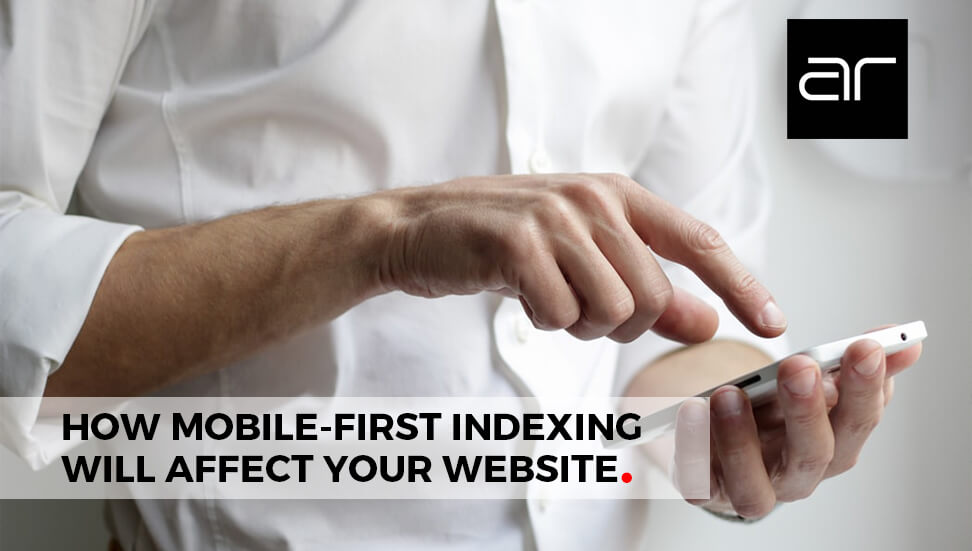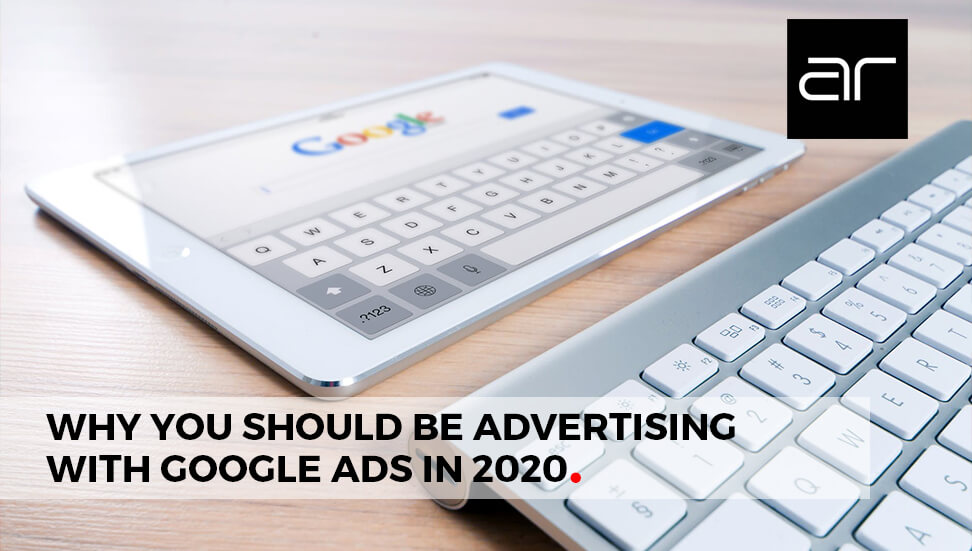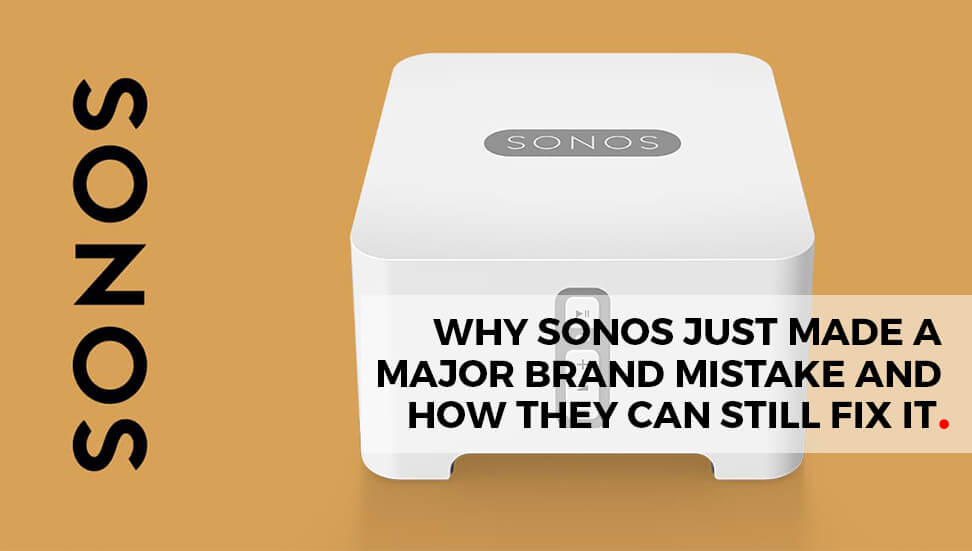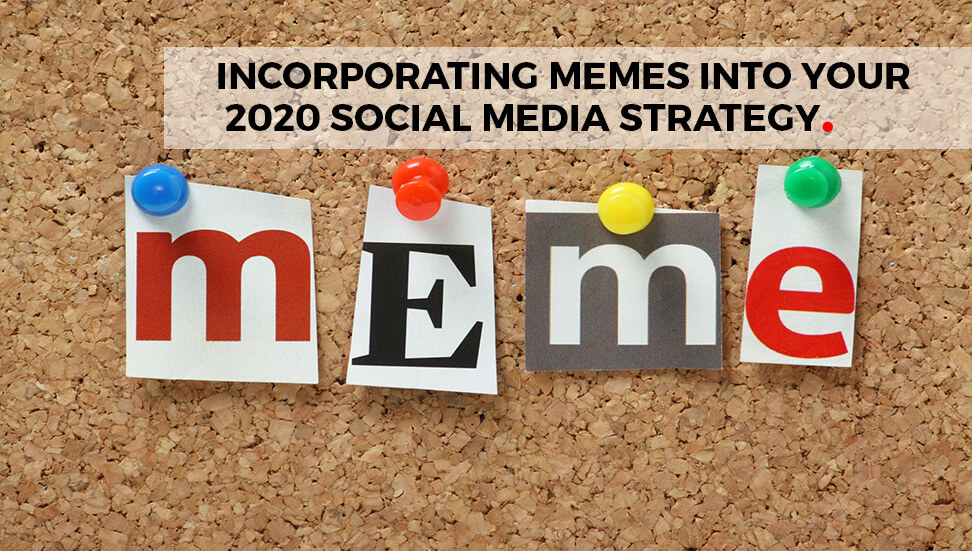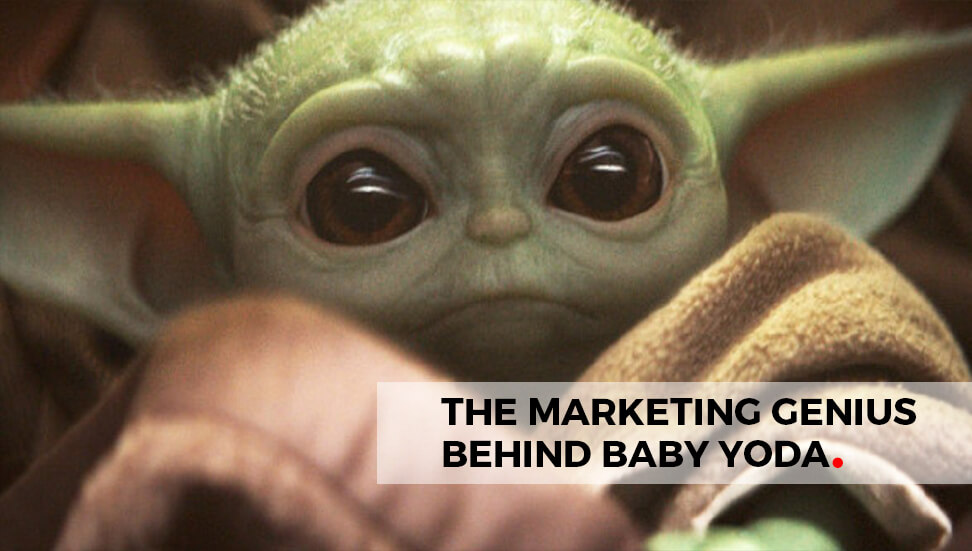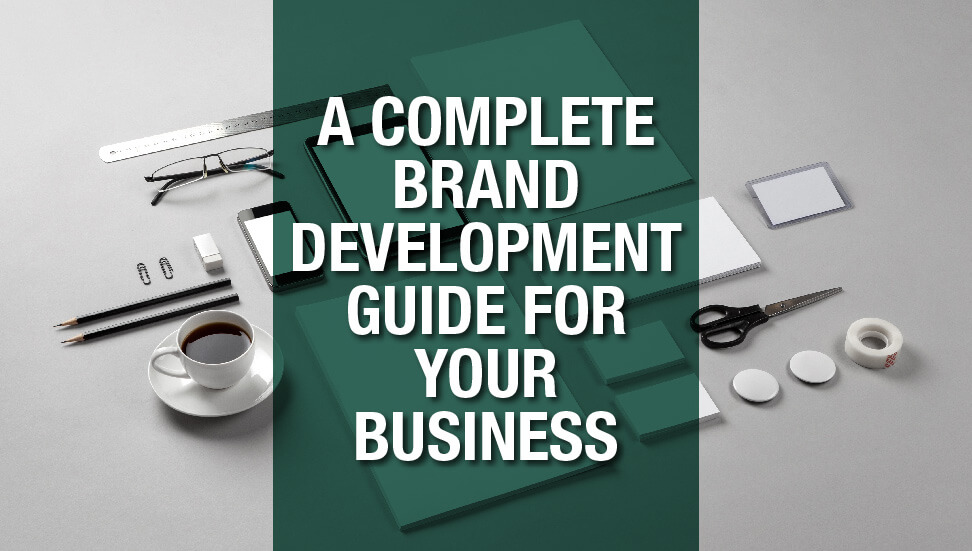Probably, one of the most valuable assets of your business is your brand. Further to that, developing a solid brand is therefore your most important task. Let’s first define brand and brand development before delving further into the steps.
Define Your Brand
A professional brand is best defined as your business’ reputation and visibility in the market. The strength of your brand to survive in the market can be measured as Visibility X Reputation. Of course, there are several other essential dimensions of your brand too such as how relevant your business is to its target audience but Reputation and Visibility take up the lion’s share as far as brand development is concerned.
Defining Brand Development
On the other hand, brand development is the process by which a business creates and strengthens its professional services brand. In trying to assist businesses develop their brands; here are three important phases to consider:
- The 1st phase is defining your brand strategy and aligning it to your business goals.
- The 2nd phase is developing all the necessary tools required to communicate your brand, e.g your website, tagline and logo.
- The 3rd and final phase is strengthening your newly launched or updated brand.
The brand development strategy you choose defines how you go about handling and completing your tasks. Here’s a complete breakdown of brand development:
10-Step Brand Development Strategy
- Define your overall business strategy
A unique brand simplifies the entire process of growing your brand. However, the type of business is also another aspect to consider. What industry does your business belong? Your overall strategy is basically the context for your unique brand development strategy which is a great place to start off. In case you’re already clear about what you wish to achieve, your brand will easily get there.
- Figure out your specific target audience
What is your target audience? There are chances you are saying “anybody or everybody”—a big mistake right there! A clearly defined target audience is the shortest route to high growth, high profit businesses. The narrower your focus gets, the quicker the brand development rate. Diverse audiences are unexplained with regards to a business’ marketing efforts.
- Perform a research on your target audience
Businesses that perform research on their target audiences grow at a faster rate and become more profitable. Still, those that perform their audience research on a regular basis (once per quarter) grow even faster. The purpose of research is to help you understand your potential customers’ perspectives, needs and put your message across in a language that they too understand.
- Brand positioning
At this stage, you’re already set to figure out your business’s brand positioning with regards to its services and role in the marketplace. This is also known as market positioning. Is your business any different from the others and why should clients chose to work with you over the others? How unique is your brand development strategy from the rest? The brand positioning statement should capture the purpose of your brand positioning. Needless to say, it should be grounded in reality since you’ll have to deliver on your promises.
- Your messaging strategy.
Next is to develop your messaging strategy. This is what translates your unique brand positioning into messages that your audience understands. Ideally, your target audience includes potential clients, employees as well as influencers, potential partnering opportunities as well as referral sources. Make sure your brand positioning stays same across all audiences, though each audience will be interested in different aspects of your brand. Most importantly, the messaging strategy should seek to address business needs and this is the key to making your brand relevant to your potential customers.
- Get a name, logo and tagline.
For most businesses, name change isn’t required. However, if you’re undergoing a merger, are a new business or are burdened with a name you feel no longer suits your brand positioning, it’s worth changing it. Even if you don’t change your business name, making changes to your logo or even tagline makes sense in trying to support brand development efforts. Most importantly, your tagline, name and logo aren’t your brand! These are simply ways of symbolizing or communicating your brand. A brand is alive and real.
- Developing your content marketing strategy.
This is what most people refer to as “developing a marketing strategy”. But we didn’t call it that because content marketing is best suited for professional services in the internet age and performs all things traditional marketing though it doesn’t get very efficient. It utilizes valuable educational content in attracting, nurturing and qualifying prospects. Bear in mind that the strength of a brand is defined by visibility and reputation. Improving reputation alone, without increasing visibility is rarely unsuccessful. Still, content marketing boosts reputation and visibility and is therefore a great way of making your brand relevant in the market.
- Develop a website.
Developing a website is our next step and tool to add to our brand development arsenal. This is where all your audiences turn to when familiarizing with your business. It helps clear the air on how you do your business and who your immediate customers are. Potential customers are likely to select your business on the basis of your website alone but will likely rule it out your business if it lacks an online presence or if the website is sending the wrong message. Still, your website is home to your valuable content. The content is your focus when targeting search engine traffic in order to reach your prospects.
- Develop your marketing toolkit.
This is an essential part of the brand development process. This includes creating one-page sales sheets that show your services or your key targeted markets. You also consider adding a “pitch deck” that briefly overviews your business or your key services alongside a brochure about your business though these are rarely printed nowadays. If properly prepared, videos in addition to other tools are a great way of improving brand development.
- Implement, track, measure and adjust.
The last step of our brand development process is to implement, track, measure and adjust. This is one of the most important steps that you don’t want to skip. A winning brand development strategy won’t do you any good if you don’t implement it. Also, a solid strategy on the other hand comes with good intentions. The reality intervenes, people get too busy with customer projects and brand development takes off on a long trail.
Most people forget brand development at this stage. This is why tracking is very important. When tracking, be sure to include implementation as well as results to help you get conclusive in your findings. Did you implement the strategy the right way? Did your objective measures such as web visitors and search traffic work? If not, why? How many new leads, partnering opportunities and employees applications did you generate? Only by staying abreast with the entire process can you make sure your findings are right and that you’re free to make the adjustment in mind.


